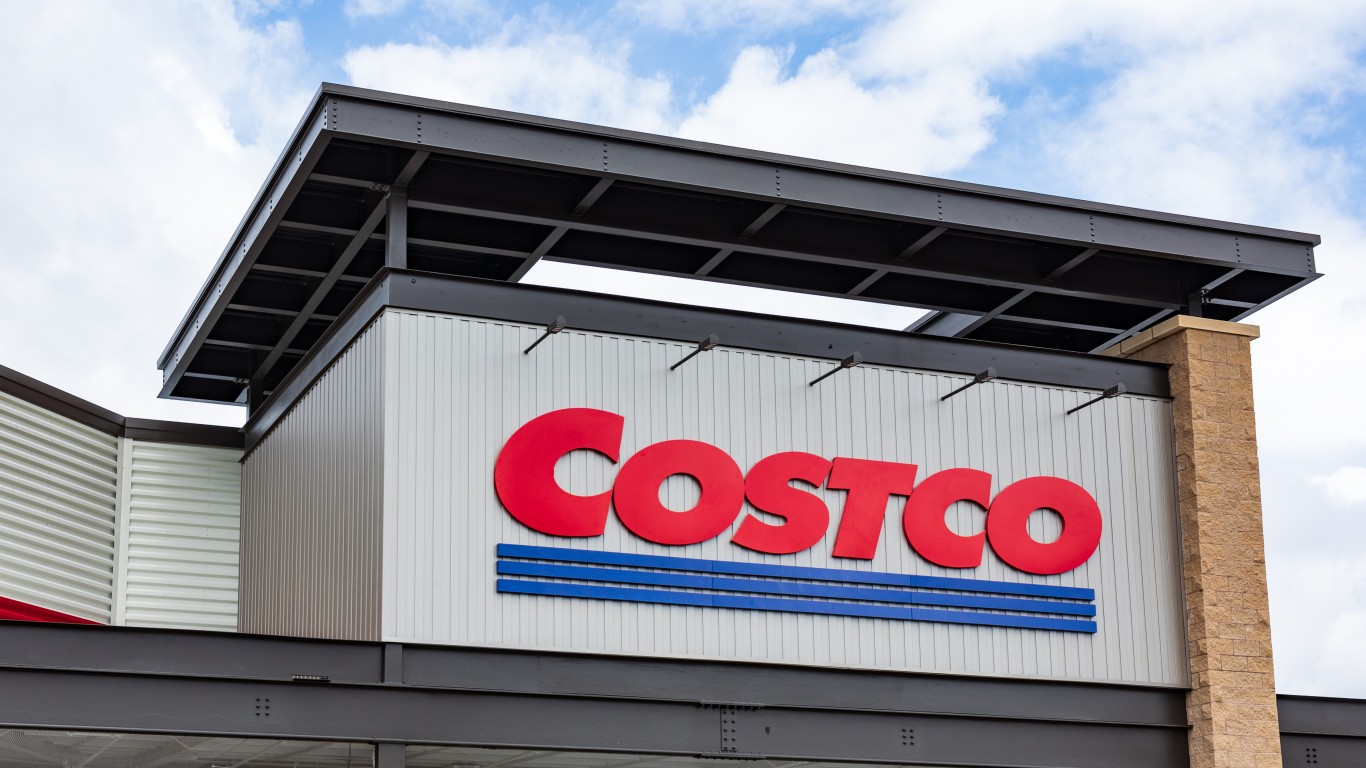Wal-Mart Stores Inc. (NYSE: WMT) has the balance sheet and cash flow to raise the minimum wage it pays its workers to $9 almost immediately and probably $10 next year. Sears and Kmart, the primary arms of Sears Holdings Corp. (NASDAQ: SHLD) probably cannot match the decision. Its finances are too badly tattered.
Sears is one of the worst paying companies in America, based on a recent study by 24/7 Wall St. It pays its “associates” $8.45 per hour on average. By the same measure, cashiers make $8.20 an hour. As of the end of its most recent fiscal year, Sears Holdings had nearly 2,000 stores, and it had 226,000 workers in the United States.
In the quarter that ended November 1, Sears Holdings had revenue of $7.1 billion, down by $1 billion from the same quarter the year before. The company said $384 million of this drop included the spin-out of Land’s End business, and some of the results of the separation of Sears Canada. By any yardstick, Sears Holdings dug itself a deeper hole financially. Net loss attributed to shareholders was $548 million, compared to $534 million in the same quarter a year ago. The sum Sears owes is considerable, according to its quarterly statement:
Short-term borrowings totaled $2.1 billion ($1.6 billion domestic credit facility, $400 million secured short-term loan and $91 million commercial paper) at the end of the third quarter of 2014 as compared to $1.8 billion ($1.6 billion domestic credit facility and $160 million commercial paper) at the end of the third quarter of 2013 and $1.3 billion ($1.3 billion domestic credit facility and $9 million commercial paper) at February 1, 2014.
At December 3, 2014, the amount available to borrow under our credit facility was approximately $1.5 billion.
Total long-term debt (long-term debt and capital lease obligations) was $2.8 billion at November 1, 2014 and $2.9 billion at both November 2, 2013 and February 1, 2014.
CEO and controlling shareholder Eddie Lampert loaned Sears Holdings $400 million in September via “affiliates of his ESL Investment hedge fund.” Lampert, according to rumor, has tried to break out the value of the real estate Sears Holdings owns. However, he has not been able to effectively close a deal to do so. None of the financial engineering can help stem hundreds of millions of dollars of losses at its core retail business as same-store sales fall.
ALSO READ: Wal-Mart, Sears Most ‘Liked’ Retailers
Among the chain of events the Wal-Mart raise plan may trigger is pressure on other large retailers to up their minimum wage to $10. Sears does not disclose how many of its workers fall below this threshold, but some research indicates the number could be in the tens of thousands, if not the low six figures. A series of worker raises by Sears would not cost nearly as much as Wal-Mart’s $1 billion price tag. But Sears cannot afford any worker pay raises at all. Its bottom line and balance sheet will not support it.
Sears Holdings will be forced to give raises because of public pressure and worker unrest and protests. However, the company cannot draw water from a dry well.
Are You Still Paying With a Debit Card?
The average American spends $17,274 on debit cards a year, and it’s a HUGE mistake. First, debit cards don’t have the same fraud protections as credit cards. Once your money is gone, it’s gone. But more importantly you can actually get something back from this spending every time you swipe.
Issuers are handing out wild bonuses right now. With some you can earn up to 5% back on every purchase. That’s like getting a 5% discount on everything you buy!
Our top pick is kind of hard to imagine. Not only does it pay up to 5% back, it also includes a $200 cash back reward in the first six months, a 0% intro APR, and…. $0 annual fee. It’s quite literally free money for any one that uses a card regularly. Click here to learn more!
Flywheel Publishing has partnered with CardRatings to provide coverage of credit card products. Flywheel Publishing and CardRatings may receive a commission from card issuers.
Thank you for reading! Have some feedback for us?
Contact the 24/7 Wall St. editorial team.



